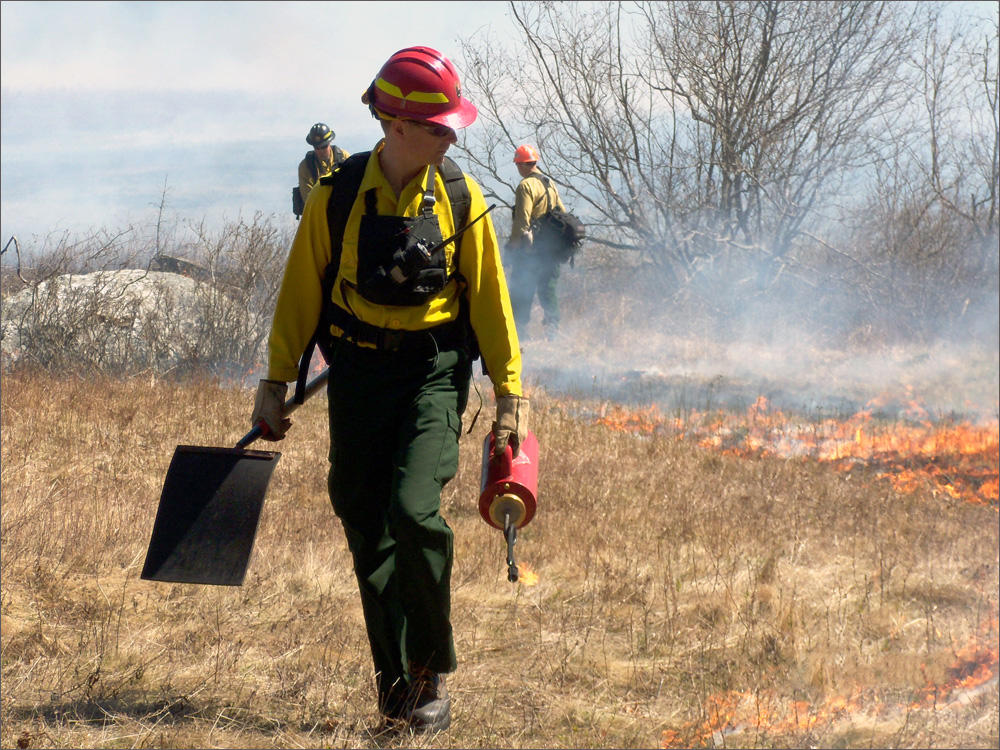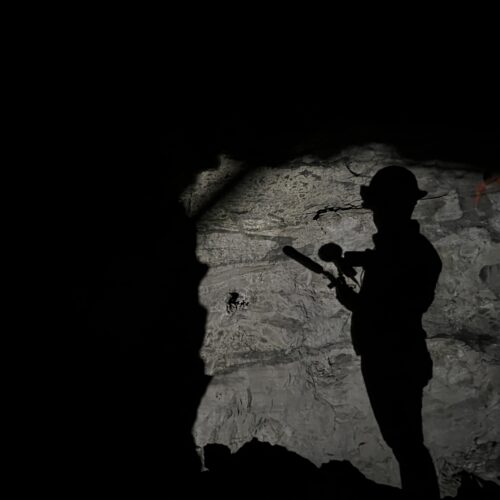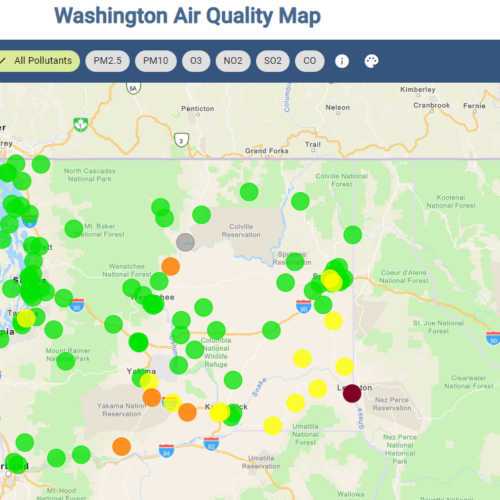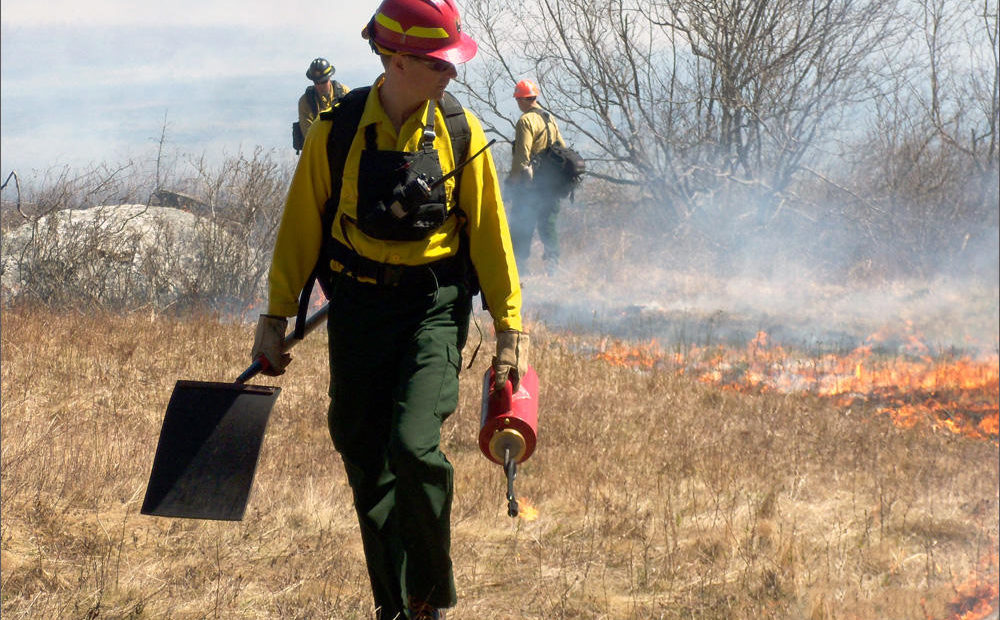
Washington Department Of Fish And Wildlife Stepping Up Controlled Burns This Spring
Listen
Forests and grasslands in Eastern Washington state are at high risk for large, intense wildfire. This spring Washington’s Department of Fish and Wildlife plans to using controlled burning on more than 1,000 acres in Okanogan, Ferry and Pend Oreille counties.
WDFW Prescribed Fire Manager Matt Eberlein said the controlled burns won’t prevent wildfires altogether, but they will reduce potential damage.
“A wildfire in one day could cost a million dollars, but we can go out and burn an area for just a few thousand dollars,” he said.
Funding comes from a combination of federal grants, state capital budget dollars and revenue from commercial timber harvests.
The areas chosen for burning include grasslands as well as Ponderosa pine and Douglas fir forests where debris and slash were left behind after commercial logging.
“If we can put it on the ground in a controlled manner, that’s a lot more favorable than in the middle of the summer when a wildfire comes through a landscape uncontrolled,” Eberlein said. “It’s going to stop where it wants to stop.”
Eberlein said when it’s not severe, fire benefits the landscape.
“Charcoal is an after-product of fire that helps retain water, it puts nutrients back in the soil,” he said. “The fire itself also puts nitrogen and other nutrients back in the soil. It rejuvenates certain browse, or vegetation, that are beneficial to wildlife.”
When to burn depends on weather and smoke management restrictions. The state may also tackle other lands prioritized for controlled burning in the coming months.
Related Stories:
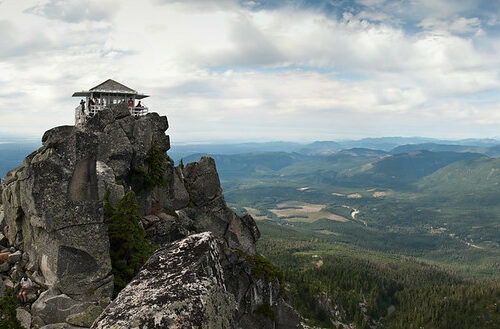
Hot, dry temperatures mean critical fire conditions for Washington
A view of the Mount Pilchuck fire lookout in Washington. (Credit: Ham Hock / Flickr Creative Commons) Listen (Runtime 1:04) Read It’s bone dry and blisteringly hot across Washington state,
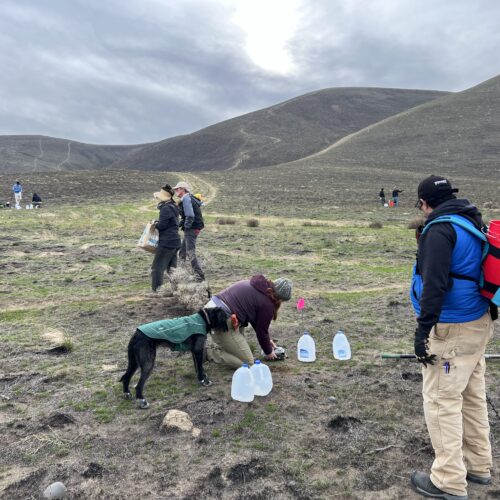
Volunteers helping sagebrush, wildflowers grow where fires burned
Volunteers with the Columbia Basin chapter of Washington’s Native Plant Society met up at a local hiking hotspot in southeastern Washington on a cold November afternoon to replant sagebrush tubelings
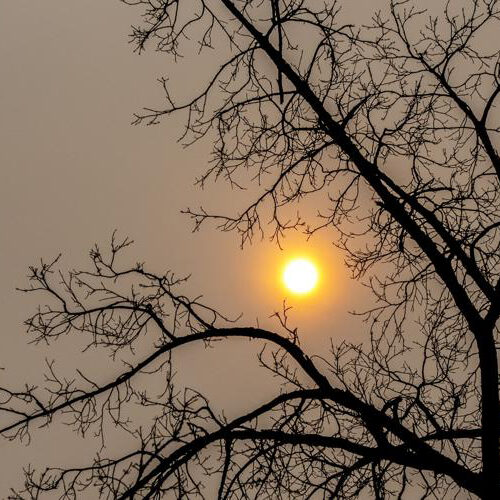
The science of smoke and health
As wildfires become more prevalent, researchers are looking at how their smoke could affect health outcomes.

